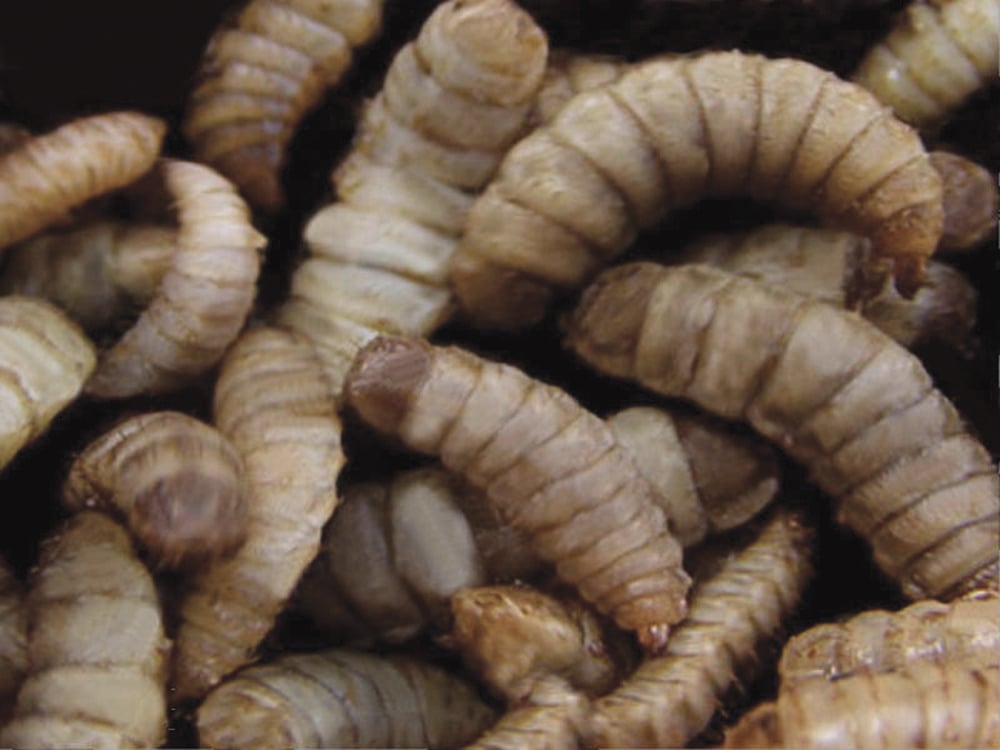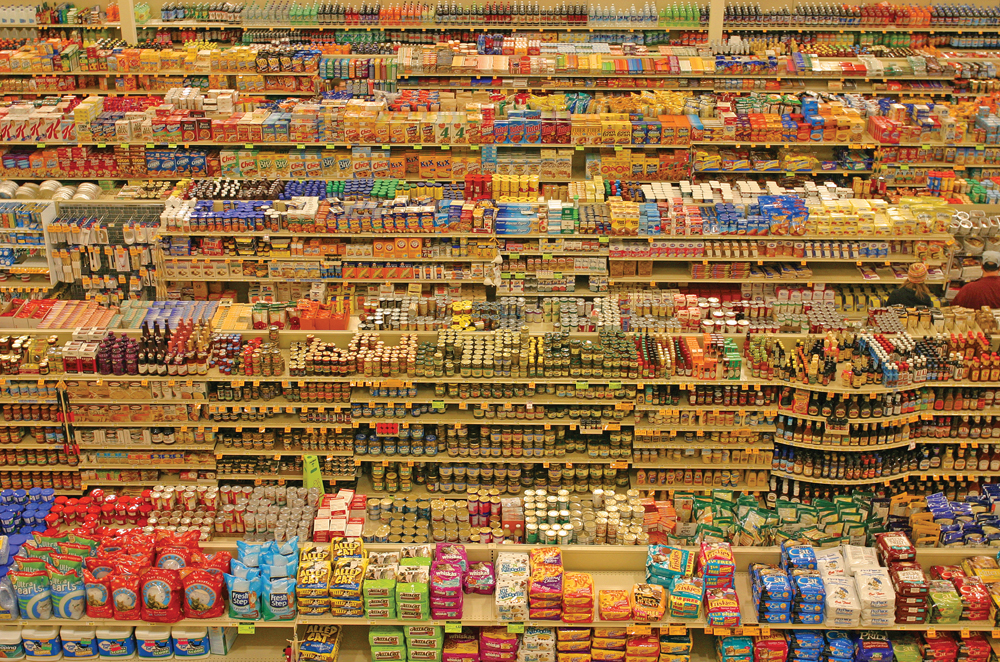Deciding whether to cook or toss a steak that’s been in the fridge for a few days calls for a sniff test. This generally works well for home cooks.
But food manufacturers that supply tons of meats to consumers require more reliable measures. In a new journal called ACS Sensors, scientists report a simple method that uses nanotubes to quickly detect spoilage. It could help make sure meats are safe when they hit store shelves.
Transporting meats and seafood from the farm or sea to the market while they’re still fresh is a high priority. But telling whether a product has gone bad isn’t a simple process. Current strategies for measuring freshness can be highly sensitive to spoilage but require bulky, slow equipment, which prevents real-time analysis. Some newer methods designed to speed up the testing process have fallen short in sensitivity. Yanke Che and colleagues wanted to develop one simple test that could deliver both rapid and sensitive results.
Read Also

Your best (and easiest) holiday dainty tray
Make-ahead recipes, store-bought goodies and co-operation with friends and family: Here’s how to throw together a stunning, low-stress tray.
The researchers turned to highly fluorescent, hollow nanotubes that grow dim when they react with compounds given off by meat as it decomposes.
To test the nanotubes, the team sealed commercial samples — one gram each — of pork, beef, chicken, fish and shrimp in containers for up to four days.
When they exposed the portable system to a teaspoon of vapour emitted by the samples, it reacted in under an hour, fast enough to serve as a real-time measure of freshness.
The researchers also found that if the tubes’ glow dulled by more than 10 per cent, this meant a sample was spoiled.















